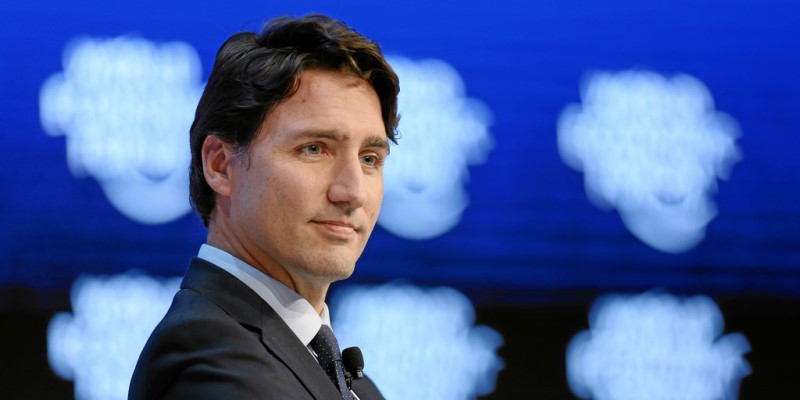Federal government’s climate spending tab excludes costs you’ll pay

As a general rule of common sense and decency, if you’re going to spend more than $120 billion of other people’s money, you best be sure it’s a good idea. Unfortunately, the Trudeau government seems unaware of this rule. In fact, far from expressing contrition for wastefully spending so much of other people’s money, it’s unaccountably boastful of it.
“In addition to being one of the first Parties to the UNFCCC (United Nations Framework Convention on Climate Change) to sign and ratify the Paris Agreement,” a recent federal government report reads, “Canada has followed through on its Paris commitments over the past seven years by taking action, investing over $120 billion to reduce emissions, protect the environment, spur clean technologies and innovation, and help Canadians and communities adapt to the impacts of climate change.”
We know that the government’s more-than $120 billion climate spending spree is wasteful because the government has said repeatedly that government spending is a relatively inefficient way to achieve its emission-reduction goals.
According to the government’s 271-page emissions-reduction plan: “Putting a price on pollution is widely recognized as the most efficient means to reduce greenhouse gas emissions.” The obvious corollary—other policies, such as $120 billion in spending, are widely recognized as relatively inefficient and therefore unnecessarily expensive means to reducing greenhouse gas (GHG) emissions.
This claim, that a carbon tax or other “pricing” mechanism is the most efficient or effective way to reduce GHG emissions, is made repeatedly on the government’s website and in news releases—pretty much wherever the government wants to convince the public of the virtues of its carbon tax. The government knows full well, therefore, that program spending is a relatively wasteful policy to achieve emissions reductions.
It gets worse. The $120 billion price tag does not capture the full cost of Ottawa’s unwise climate policies. For example, the ban on single-use plastic products, while usually cited as a way to reduce plastic waste, is also said by the government to be part of the emissions-reduction plan. The ban will force consumers and businesses to pay higher prices for lower quality alternatives (such as disposable paper or reusable cotton bags). This cost is considerable, but not captured as part of the $120 billion in spending.
Another example. The federal government is mandating that by 2026, one-fifth of all passenger cars and trucks sold in Canada must be electric; by 2030 it must be 60 per cent and by 2035 it must be 100 per cent. The government claims the mandate is “about making sure that Canadians have access to the vehicles they want,” which is preposterous. It’s explicitly banning access to certain type of vehicles—gasoline-powered cars—favoured by many Canadians.
Regulatory initiatives that tell people how they must spend their money (including on what types of cars) or otherwise impose certain behaviours on businesses and individuals do not show up as an expense in government budgets and financial statements. But the costs are real, are all on top of the $120 billion, and—as the Trudeau government has implicitly admitted—are needlessly high because they result from relatively inefficient government policies. The government should perhaps stop boasting of such policies.

